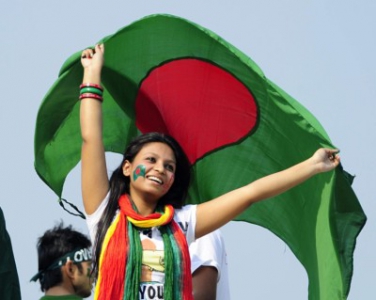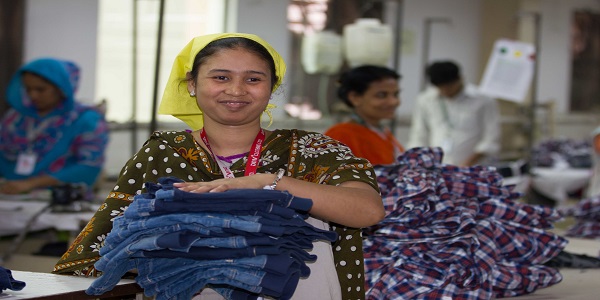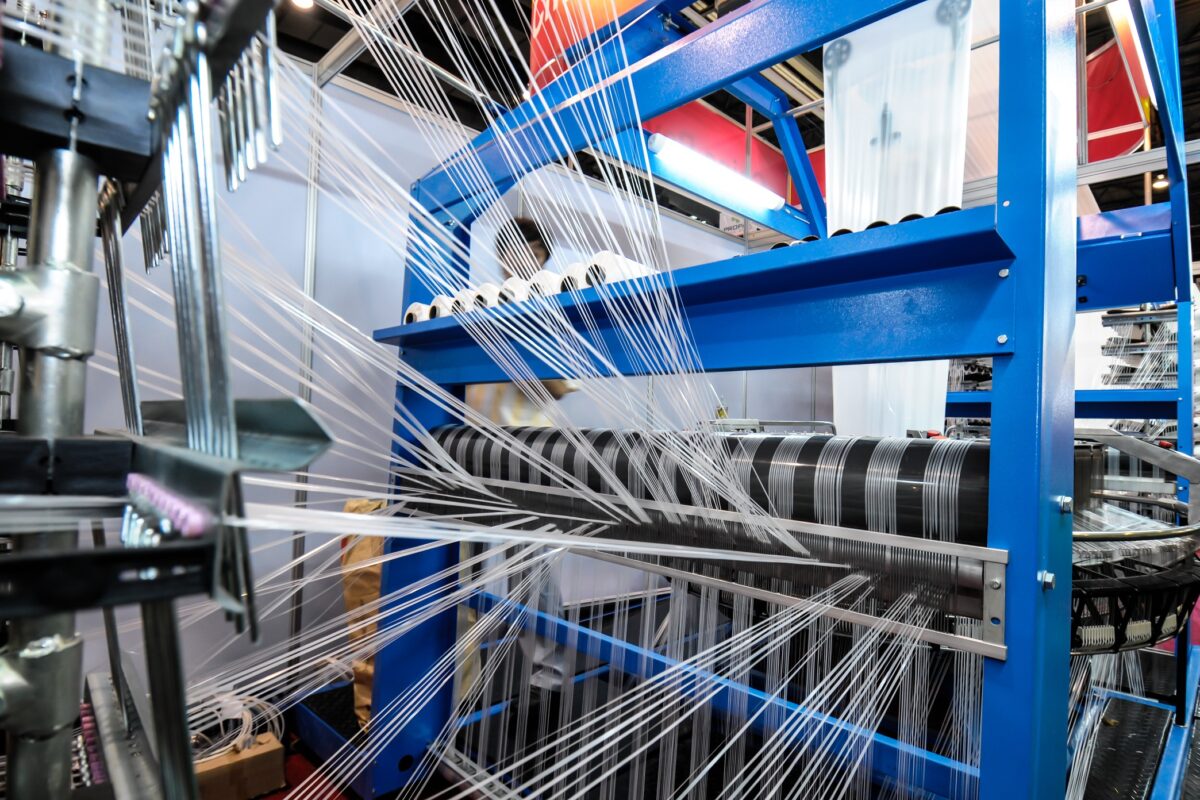FW
The Cotton Corporation of India (CCI) is yet to start procurement operations. It says, the volatility in prices is one of the main reasons behind its reluctance to go ahead with purchases. The CCI is waiting for cotton prices to come down since private traders are offering a higher price than the stipulated minimum support price. Farmers are presently getting up to Rs 4,500 per quintal from private traders, while the minimum support price for cotton is Rs 4,100. Therefore, the CCI is waiting for market prices to come down.
CCI feels farmers are not facing any losses even if they didn’t start procurement as private traders are already purchasing cotton brought to the markets. There has been extensive damage to the cotton crop in Punjab because of the severe whitefly attack. This has caused staggering losses. Due to the whitefly attack, the cotton production may go down by 40 per cent this year.
As against around 13 lakh bales production last season, CCI is expecting around 7.50 lakh bales this time. Punjab has appealed to the textile ministry to relax the norms for cotton procurement in the wake of the extensive damage to the cotton crop.
For the second quarter net profit of Lakshmi Machine Works rose 20.58 per cent and net sales rose 6.88 per cent. The mid-cap company has an equity capital of Rs 11.27 crores.
Tamil Naud-based Lakshmi Machine Works was founded in 1962 with the aim of providing Indian textile mills with the latest spinning technology. It caters to the domestic market and exports to Asia-Pacific region. It has a 60 per cent market share in the domestic textile spinning machinery industry. It is a global player and one among the three manufacturers of the entire range of textile spinning machinery from blow room to ring spinning including machine tools.
The company has diversified into CNC machine tools and is a brand leader in manufacturing customised products. The foundry makes precision castings for industries the world over. Lakshmi has added an advanced technology center to produce components for the aerospace industry. The company also has a wind energy division.
A subsidiary company manufactures textile spinning machinery, spares and components.
www.lakshmimach.com/
Textile Commissioner Kavita Gupta has asked exporters to tap the enormous potential in technical textiles as demand is increasing across the world. She also emphasised on the need to reduce excise duty on man-made fibres (MMF) from 12 per cent to 6 per cent.
Gupta, made the recommendations based on discussions with various export promotion councils and traders’ bodies. Yarns made of MMF like polyester and synthetic are in demand, points out Gupta. At a meeting with Tirupur Exporters' Association in Tirupur Gupta said the revenue of the garment sector would increase manifold, if garment manufacturers from Tirupur, whose exports have crossed Rs 20,000 crores, enter the technical textile space.
She further stated that the government has adequate funds to promote innovative products. Besides, Gupta urged industrialists to come forward and use the funds to develop newer products.
Nguyen Tien Vy, Director of the Ministry of Industry and Trade's Planning Department has said that the textile output in Vietnam last month reached 32 million sq. mtr., posting an 8 per cent year-on-year increase. In the first 10 months of the year, the output of natural fabric was estimated at 259 million sq. mtr., increasing 1.9 per cent over the same period last year while that of synthetic fabrics was 547 million sq. mtr., reducing 5.6 per cent from the corresponding period last year.
The export turnover of garments and textiles last month was $2.2 billion, representing a 13.6 per cent rise from the same period last year. The turnover from January to October posted a 10.4 per cent year-on-year increase to 20 per cent. Vy said the ministry has asked relevant agencies to take measures to resolve difficulties being faced by the businesses in the sector while exploring new markets, partners and orders. In addition, it has implemented measures to improve the business environment.
However, he said Vietnam would find it hard to achieve this year's export growth target of 10 per cent due to the decreasing prices of several export products. Its trade deficit through the end of October this year increased to $4.1 billion from $3.9 billion in the first nine months. During the first 10 months, the total export value gained a year-on-year surge of 8.5 per cent to $134.6 billion, while the total import value had a year-on-year increase of 14.3 per cent to $138.7 billion.
“The country should strive to reach the export turnover of $15.2 billion each in the last two months of the year as total turnover in the 10-month period was only $134.6 billion or 82 per cent of the whole year's target," he added.
www.moit.gov.vn

A recent World Bank study states, if the RMG industry in Bangladesh is able to capture 20 per cent of China's apparel export attrition, the former’s export volume will increase by around $29 billion, creating 5.4 million new jobs and 13.5 indirect employment. In fact, the apparel summit, organised by Bangladesh Garment Manufacturing and Exporters Association (BGMEA) and other stakeholders last year targeted exports worth $50 billion per annum by the year 2021, however, there are several challenges the industry needs to still overcome.
Step needed to push up growth

With serious signals coming from international quarters, the government of Bangladesh and domestic private sector will have to seriously look into issues impacting RMG industry's growth. Experts point out that the government of Bangladesh should implement an effective policy for fulfilling the requirements of international buyers, the conditions of US Trade Representative (USTR), the standards of International Labour Organisation (ILO) and any of its subsidiaries, the requirements set by the bilateral and multilateral donors, and conditions imposed by importing nations in the alternate markets - such as, EU, Japan, Australia, and India.
The country also needs to look into impending challenges such as the withdrawal of the Generalised System of Preferences (GSP) from the US, the chances of EU following the steps of USTR, the signing of the Trans Pacific Partnership (TPP) between the US and Vietnam and other East Asian countries, and no alternative markets for Bangladeshi exports due to the intra-bloc trading of the TPP member countries.
A recent report published by Sourcing Journal indicates that the US apparel imports from Vietnam grew by at least 15 per cent year on year totalling $5.95 billion occupying the place next to China. Bangladesh squeezed past Indonesia to take the third place with a dollar value of exports of $3.1 billion accounting for 6.7 per cent of the apparel imported into the US growing annually at 8.5 in value. Exports to the US from Bangladesh fell by at least 37 per cent since the factory disaster in 2013 from $4.94 billion losing about $1.84 billion of business as of July 2015.
Strong steps need of hour
The Bangladesh government needs to work towards fulfilling the conditions for restoring GSP status from the United States, which may assist in improving the dismal outlook of apparel exports. The government can also establish a committee under the Prime Minister's Office to oversee the activities of private and public sector and the international NGOs responsible for delivery of outputs in terms of workers’ safety, working environment, representation of workers, and solve pending legal issues. Also special economic zones (SEZs) for the apparel-textile export industry may also result in improving exports.
As per estimates, export of readymade garments from Bangladesh peaked above $25.5 billion in 2015 accounting for nearly 82 per cent of the country's total exports. At present, there are 4,296 factories and about 4 million workers in the readymade garment industry. An estimated 10 million people are employed in the support and services sectors. These numbers are expected to double with the projected doubling of exports to the $50 billion target by 2021 provided the country and the industry stakeholders take immediate actions to tackle the concerns shadowing its growth momentum.
www.bgmea.com.bd
This year, cotton output in all major cotton producing countries is estimated to be lower than the previous season. However, India is likely to emerge as the largest cotton producer in the world in 2015-16 with domestic trade estimating India’s cotton production at around 400 lakh bales.
As per Southern India Mills' Association (SIMA), the apex body of spinners in the southern region China has had to give up its place as the largest producer of cotton to India. The US Department of Agriculture (USDA) data shows global cotton production during 2015-16 is estimated at 23.68 million tonnes, 8.6 percent lower than the previous season’s production of 25.90 million tonnes.
Trade estimates suggest the production would be around 400 lakh bales of 170 kg each, although the USDA anticipated a marginal reduction in India's production. Sources say this takes India to the first position.
USDA estimates cotton area in India in 2015-16 (August to July) at 11.26 million hectares and cotton production at 370 lakh bales. In the latter half of the monsoon season although there was deficient rains and instances of pest presence in Gujarat and Punjab, hence, the anticipated yield could come down to 524 kg per hectare, lower than previous yield of 527 kg, state the sources.
Texworld Istanbul has opened its doors at Lütfi Kırdar International Convention and Exhibition Center. This is the third edition and the exhibition is on from November 3 to 5. Olaf Schmidt, Vice President Textiles & Textile Technologies says in the last 10 years, their company has organised high quality textile exhibitions across the world. Texworld has led the way for many professionals in the industry in Turkey to open up to the international market. With nearly 50 textile shows all over the world, Messe Frankfurt is the global market leader in organising trade fairs for the textile industry, he added.
As per Tayfun Yardım, MD, Messe Frankfurt, Istanbul 127 exhibitors from eight countries are joining the show this year. He added that Turkish fashion and apparel brands were looking for a larger variety and different qualities of fabrics to meet the increasing domestic demand and the country is one the most important textile centres in the world.
Product groups for apparel have been included in the exhibition for the first time this year. Also, DGTIA (Daegu Gyeongbuk Textile Industries Association) and KOTRA (Korea Trade-Investment Promotion Agency) are attending the event for the first time. All product groups that are part of Messe Frankfurt’s apparel fabric brand events around the world are joining Texworld Istanbul. Thus, exhibitors can exhibit cotton, denim, embroidery and lace, knitted fabric, shirting, wool & wool blends, silk and silky aspects, fabrics, yarn and fibres, accessories, organic fabrics, apparel products and many more. Among the 10 largest countries in textile export, Turkey is seventh in apparel export.
OTA and Textile Exchange have signed a MOU to strengthen the organic textile industry’s national public policy influence and public relations to benefit the organic textile sector and the two organisations.
Under the proposed MOU, Textile Exchange members qualifying for OTA trade member status but not currently members can get a one-year discount of 25 per cent off their OTA membership fee. At the same time, OTA members qualifying for Textile Exchange member status but not yet members can obtain a 25 per cent discount for one year to belong to Textile Exchange.
The Organic Trade Association (OTA) is a membership-based business association for the organic industry in north America. It is the only trade association focusing exclusively on organic agriculture and its products. OTA represents businesses across the organic supply chain and addresses all things organic, including food, fiber and textiles, personal care and pet products, and new sectors.
The association has been a key player in shaping both the regulatory and market environment for organic products. Textile Exchange is a non-profit organisation incorporated in 2002. It’s based in the US. It operates internationally and is committed to the responsible expansion of textile sustainability across the global textile value chain.
textileexchange.org/
Alliance, the North American retailers’ group, says 23 factories in Bangladesh have failed to carry out the required remediation work on time. The group has threatened to cut business relations with the factories if they fail to make progress immediately. Alliance says the progress of remediation work in the units was 4 to 44 per cent and the structural safety in 11 factories was at severe risk. It says some of the factories have made progress in some areas but none has addressed high priority issues.
The factories want six months’ time to undertake the remediation work. Alliance says owners have not paid heed to repeated reminders and that they have already been given time ranging from seven to 13 months for corrective action.
After the Rana Plaza building collapse, which killed more than 1,100 people, mostly garment workers, in April 2013, North American retailers, including Walmart and Gap, formed the Alliance undertaking a five-year plan, which set timeliness and accountability for inspections, and training and workers’ empowerment programs.
Alliance started inspections in the garment factories in February 2014 and completed primary safety assessment of its listed factories of more than 600 in number in July that year.
www.bangladeshworkersafety.org/
Fast Retailing’s owner, Tadashi Yanai, opened the flagship Uniqlo store on New York’s Fifth Avenue in 2011, with a vision of making it the world’s top brand. However, ten years after the Japanese billionaire’s first foray in the US market in 2005, Fast Retailing has incurred losses.
Uniqlo casual clothing chain has lost $5 billion (Dh18.35 billion) in market capitalisation. This is a drop of over 12 per cent; it shocked investors with a rare miss in its annual profit targets. The brand’s low recognition in suburban America and a weak management were blamed for the expanding losses at its US operations by executives.
However, analysts believe that the problems in the US are quite deep. Sho Kawano, an analyst at Goldman Sachs says they need to redo everything from products, branding, and e-commerce, to management and that there are huge challenges ahead. Kawano estimates US losses were over 10 billion yen ($84 million, or Dh304.38) for the fiscal year that ended in August, and anticipates the US business will remain loss-making.
Yanai, though says that he wants sales to reach 100 billion yen in three years, while they do not disclose their US revenue. Sales in China, Hong Kong and Taiwan have already topped 300 yen billion. Yanai said that the retailer would be more selective about choosing store locations and the company has plans to open only five new Uniqlo stores in the US compared with 17 for the 2014-15 fiscal year. The brand would be bringing together and dispatch to the US their elites worldwide to rebuild our management, said Yanai.












